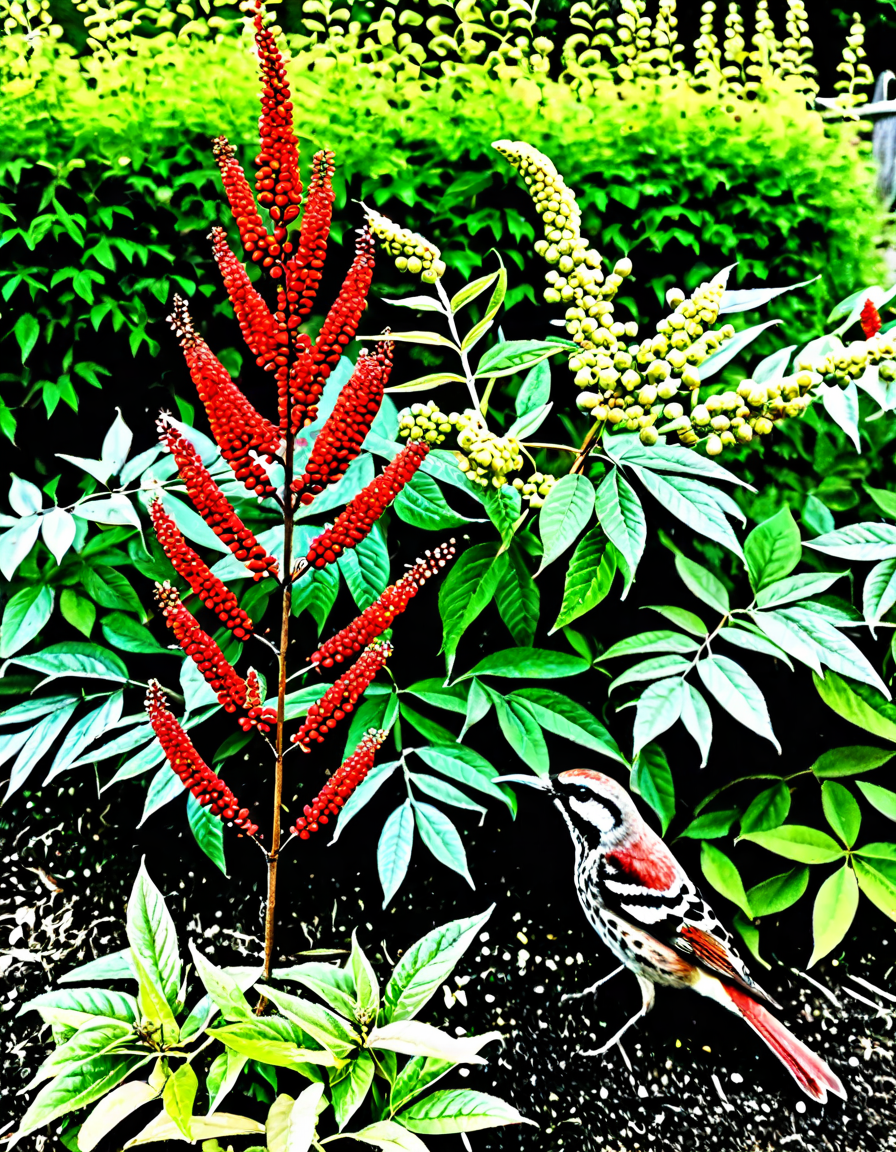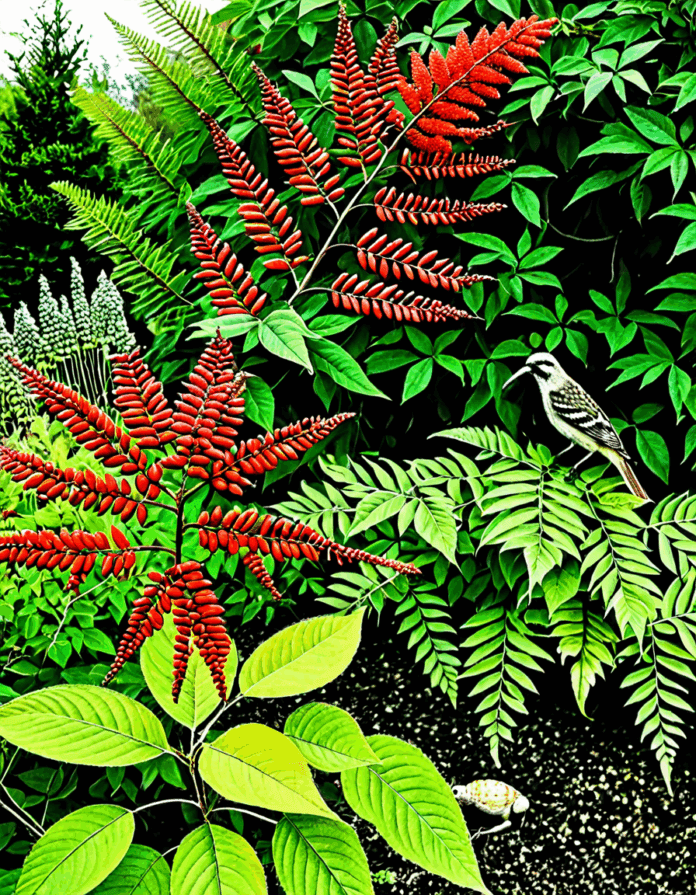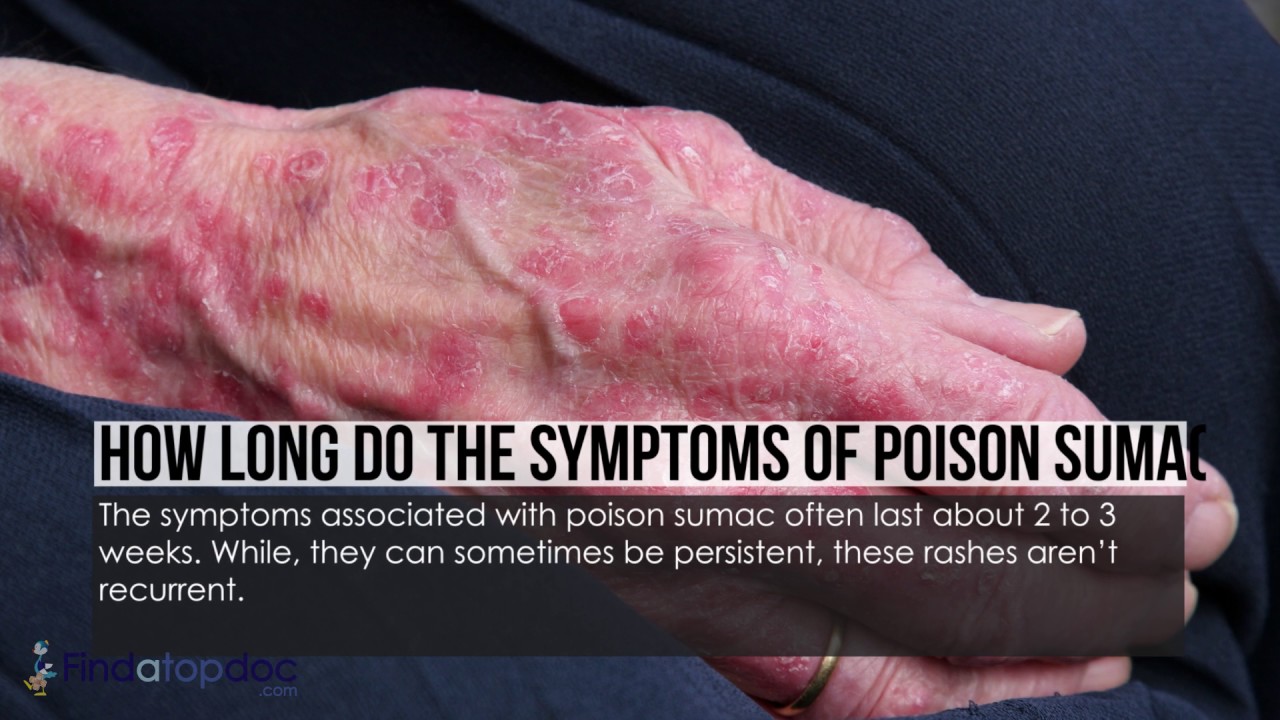Poison sumac, the often overlooked cousin of poison ivy and poison oak, lurks in the shadows of many backyards, presenting a significant risk for those unaware of its presence. Distinctive for its tall, shrub-like appearance, poison sumac thrives in wet, lowland areas across states like New Jersey, Florida, and various parts of the Midwest. As urban landscapes expand, understanding this plant is more crucial than ever. This article digs deep into identification, associated risks, and prevention strategies, aiming to arm readers with the knowledge needed to combat this hidden threat.
Top 5 Risks of Poison Sumac Exposure
Interacting with poison sumac can have dire consequences, primarily because of urushiol—an oil found in all parts of the plant. Homeowners, especially those residing in regions where this plant is prevalent, need to comprehend the inherent risks. Here are five significant dangers associated with poison sumac exposure:
Contact with poison sumac can provoke intense allergic reactions. Symptoms typically manifest as red, itchy rashes, blisters, and severe discomfort. For instance, a local gardener in Taunton, MA, unknowingly brushed against a poison sumac bush while pruning his flowers and ended up with weeks of agonizing irritation, shedding light on the importance of identifying this plant correctly.
Burning poison sumac spews urushiol into the air, potentially leading to respiratory complications for nearby individuals. Those with asthma or other respiratory issues are particularly at risk. A family in Pennsylvania suffered severe asthma attacks after using firewood that contained remnants of poison sumac, emphasizing that the dangers extend well beyond skin contact.
While most skin reactions eventually subside, the psychological impact can linger. Avoidance of specific outdoor spaces due to fear of encountering poison sumac can affect mental well-being, particularly for children who enjoy playing outdoors. The inhibition imposed by this fear can rob them of precious moments in nature.
The challenge of accurately identifying poison sumac makes it a danger in many residential areas. Its appearance can be mistaken for harmless plants, leading to accidental exposure. Some may view it as attractive ornamental foliage, failing to recognize it shares features with benign species.
Unchecked, poison sumac can spread rapidly in unmanaged spaces, potentially taking over native plant species. This proliferation can disrupt local ecosystems and harm wildlife that depend on biodiversity for survival. Safeguarding against it is essential for protecting the delicate balance within our ecosystems.
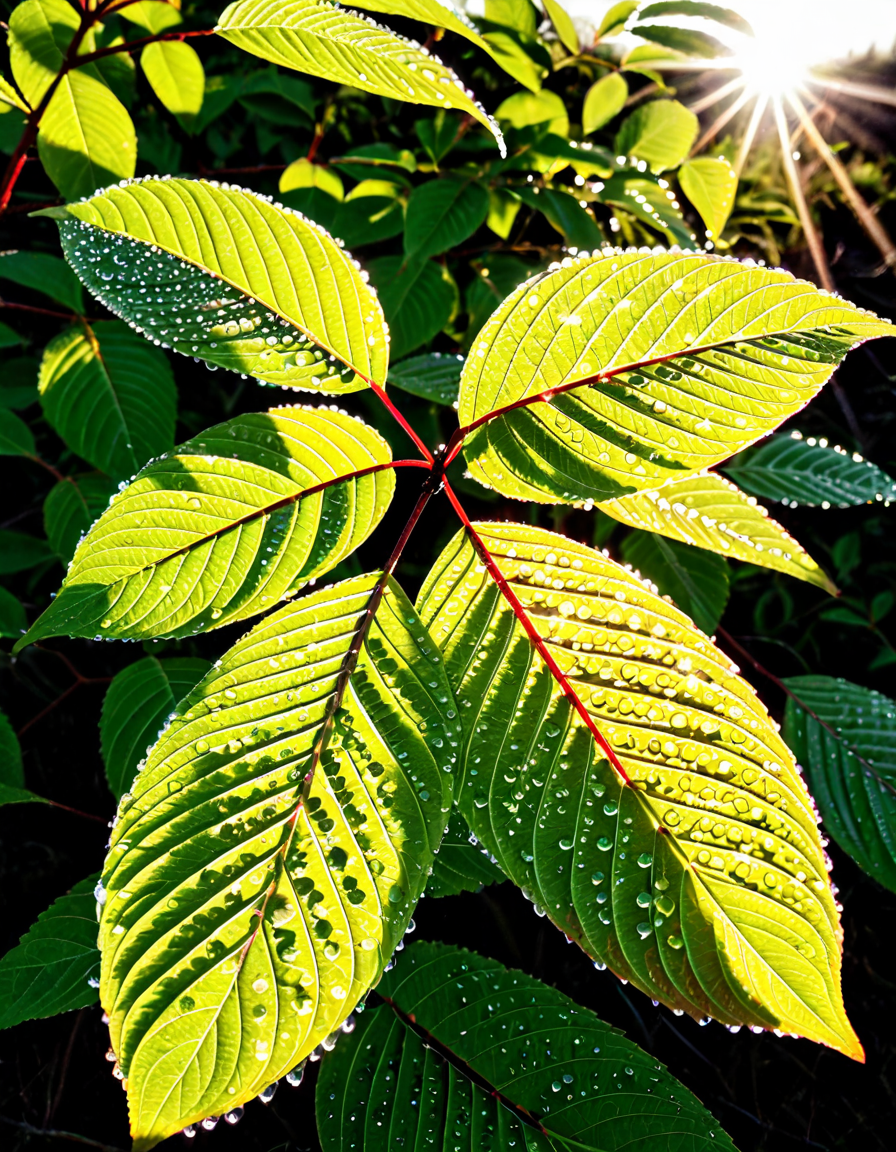
Identifying Poison Sumac: Characteristics to Watch For
To avoid poison sumac, awareness and education play vital roles. Familiarizing yourself with its characteristics can make a significant difference:
Prevention and Treatment Tips for Poison Sumac Exposure
To combat the threats posed by poison sumac, proactive prevention measures are paramount. Here are practical strategies to protect yourself:
When arranging your garden, consider native plants that are easily recognizable and safe. Flowers like black-eyed Susans and echinacea pose no risk while adding beauty to your yard.
Neighborhood workshops highlighting poison sumac are essential, particularly in areas known for its growth. Involving local botanists or nature experts can enhance community awareness and vigilance.
When heading into potentially infested areas, consider wearing protective clothing such as gloves, long-sleeved shirts, and pants. Teaching children how to recognize poison sumac can outfit them with necessary knowledge and reduce the possibility of exposure.
Rapid first-aid responses can ease severe reactions. Rinsing the affected area with soap and cool water within an hour of contact can drastically reduce urushiol absorption. Topical treatments like hydrocortisone cream can relieve itching and decrease inflammation.
If you suspect the presence of poison sumac on your property, seeking help from landscaping or environmental experts is wise. They specialize in identifying and safely removing poisonous plants while providing advice on preventing future instances.
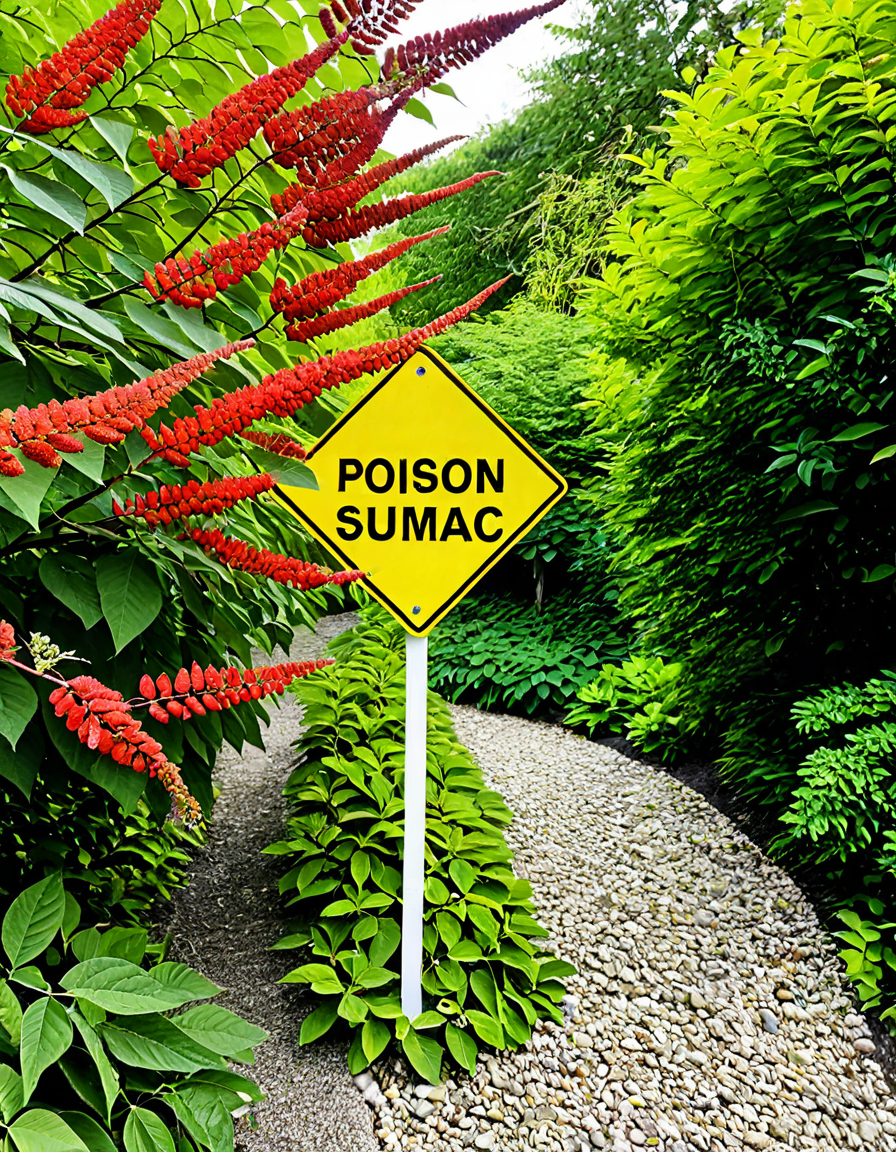
The Path Forward: Combatting the Threat of Poison Sumac
As urban areas continue to burgeon into previously unspoiled territories, awareness and education about poison sumac become increasingly important. Communities should cultivate an environment that encourages sharing knowledge and resources regarding local flora. By equipping individuals with accurate information on identifying and managing poison sumac, we can minimize risks and foster safer interactions with nature.
In taking responsibility for our outdoor environments, we not only safeguard ourselves but also enrich our appreciation for natural ecosystems. In doing so, we ensure that everyone—humans and wildlife alike—thrives together. Remember, an informed community is a healthier community, and a little knowledge can go a long way in debilitating the threat of poison sumac lurking in our backyards.
For additional insights, check out the stories about the Romania national football team showcasing cultural pride, visit Central Rock gym for fitness tips, or explore the impactful AA morning prayer for resilience. For entertainment, dive into the Inuyasha Characters you loved growing up, or catch up on the latest with the cast Of Under The Bridge TV series and the cast Of The Madness television show. And don’t forget to check out insights from celebrities like Nate burleson and Jeff Garlin for a mix of inspiration and entertainment!
Poison Sumac: The Hidden Dangers in Your Backyard
Fascinating Facts About Poison Sumac
Did you know that poison sumac is often mistaken for its harmless cousins? One common mix-up happens with the versatile white sumac, a native shrub found throughout regions like Taunton, MA. Unlike poison sumac, which features clusters of pearly white berries, white sumac has a distinctive bright red stem and a fluffy flower head. This confusion can lead folks to unwittingly venture too close to the toxic plant. So, next time you stroll through your backyard or a local park, keep an eye out and know what you’re dealing with!
Here’s another interesting tidbit: poison sumac thrives in wet areas. You might spot it growing near swamps or along the edges of marshes. It can’t stand dry soil, making it a little easier to identify. Fun fact—The sap of poison sumac contains a chemical called urushiol, which is what triggers allergic reactions in many people. That means a simple brush against the plant can result in itchy rashes—not the kind of souvenir you’re looking for while enjoying nature. To put things into perspective, some folks are so allergic that even contact with clothing that has brushed against the plant can pose risks!
Make Sure You’re Educated!
A top tip for anyone living in regions where poison sumac might grow is to become familiar with it. Unlike poison ivy or poison oak, poison sumac is not as common, but it’s still crucial to know its defining features. Look for its compound leaves, which usually have seven to thirteen leaflets. Plus, if you can recall your last camping trip, you’ll know how irritating it can be to discover you’ve stepped into a patch of it! Knowing what some of these plants look like in your backyard can save you loads of discomfort down the road. You might even want to check out local resources or community initiatives like those in Taunton, MA, to learn more about identifying poisonous plants and keeping your outdoor adventures safe.
So, if you’d like to play it safe while exploring the great outdoors, keep these facts about poison sumac at the forefront of your mind. With just a sprinkle of caution and a dash of knowledge, you can enjoy your backyard or nearby parks with confidence. Just remember—better safe than sorry!
